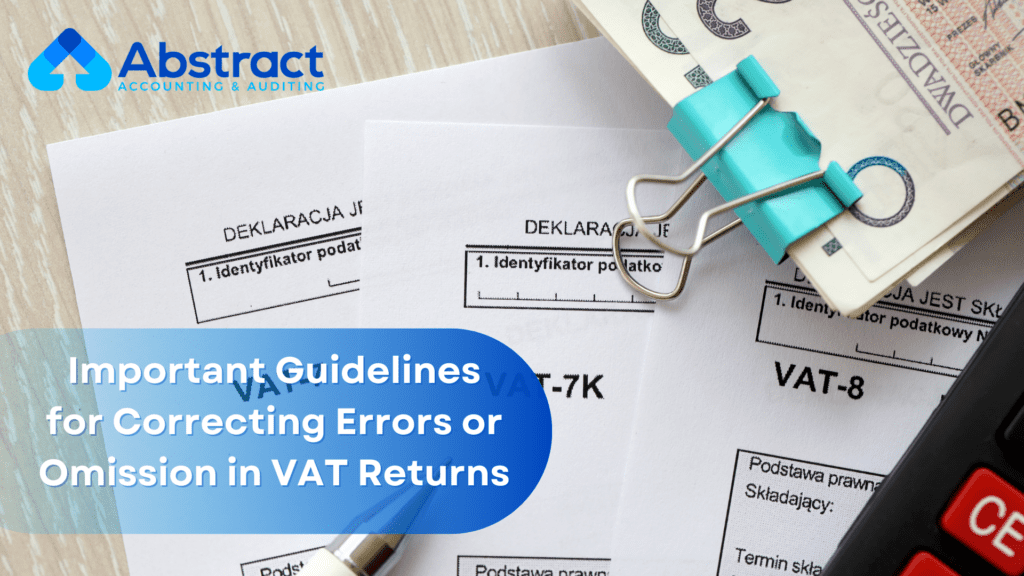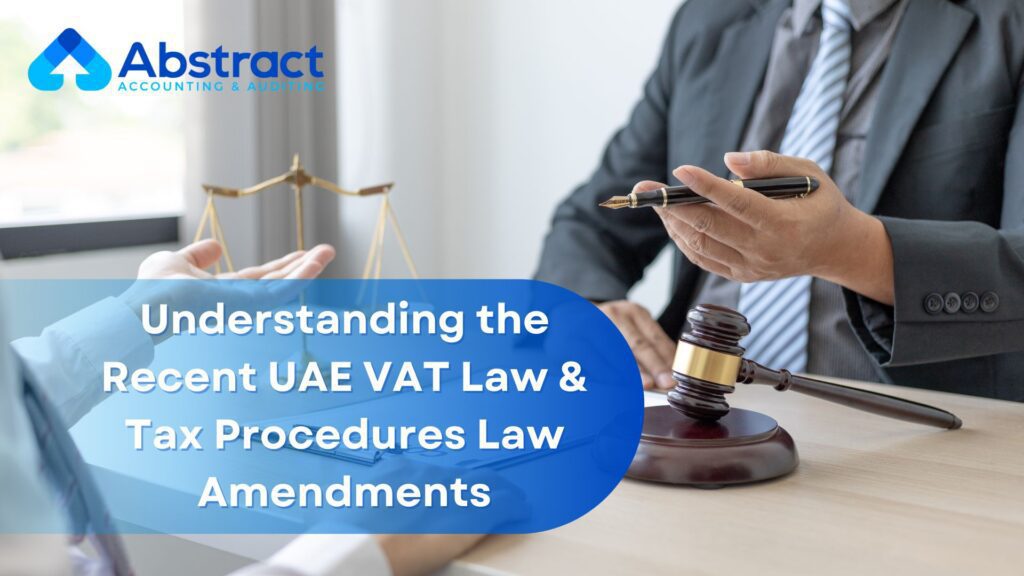Introduction
VAT (Value Added Tax) is a type of tax that businesses collect from their customers and pay to the government. While filing VAT returns, Mistakes can happen because its just a human nature. But here is the thing: even small errors can lead to big headaches. In VAT returns if errors or omissions occur, they must be corrected quickly to avoid extra charges.
Common Types of VAT Returns Errors
We talk about the mistakes, mistakes in VAT happen due to different reasons before jump into the solution and understanding the mistakes can help prevent them in future. The most common errors are:
- Data Entry Mistakes: It’s the typing mistake which can be done in names and numbers.
- Incorrect VAT rates: this is the wrong percentage of VAT to a sale or any purchase.
- Misclassification of goods or services: list items in the category of wrong tax.
- Omission of taxable supplies: a common mistake of forgetting to report some sales or purchases.
If you understand these errors these helps businesses take right steps to correct them.
Legal Framework and Guidelines
Whenever businesses correct their VAT values, they must follow rules because every country has its own tax rules.
- HMRC (UK): the businesses of the UK follow HMRC guidelines and use special form like VAT652 for corrections.
- UAE FTA: UAE businesses follow the federal tax authority rules, such as Decision No. 8 of 2024.
- EU VAT Rules: VAT laws are set by both national governments and EU regulations, in European countries.
Steps to Identify and Correct VAT Errors
- Review and Reconciliation
To find errors businesses should regularly check their VAT records. Some of the best practices include are as follow.
- Must compare your VAT records with sales and purchases records.
- To track tax calculations use accounting software.
- Using reliable accounting software to track calculations.
Conducting an internal audit quarter.
- Quantity the Error
Its always important to determine value if and error is found. Business must need to:
- Calculate the difference caused by the mistakes.
- Check if the mistake is small or large.
- Find out if it can be adjusted in the next return or needs a formal correction.
- Correction Methods
There are the two ways to correct VAT errors. Let see a little detail of these two ways.
- Adjustment in Subsequent Returns
If the mistake made by you is minor and within the allowed limit, in the next VAT return you can correct them. The condition for this method usually include.
- The error does not exceed the correction threshold set by tax authorities.
- The mistake does not indicate fraud and mistake was unintentional.
- The VAT owed is corrected in the next return.
- Voluntary Disclosure
Businesses must report it through a special form if the error is significant. For example.
In the UK: businesses use the VAT652 form to inform HMRC about mistakes.
In the UAE: the Voluntary Disclosure Form is required to correct errors.
If you fail to report large errors on time can lead to penalties.
Time Limits for Correction:
With a specific time frame tax authorities usually allow businesses to correct VAT errors. Some of the examples include.
- UK (HMRC): upto 4 years from the date of the original return.
- UAE (FTA): Businesses must correct errors within 20 Business day.
- EU Countries: usually between three to five years deadlines vary by country.
Its important to act quickly, missing these deadlines can result in fines.
Documentation and Record-Keeping
When you are correcting VAT errors proper documentation is essential. The best way to keep record of businesses are.
- Original invoices: Proof of sales and purchases.
- Credit notes: If a refund or adjustment was made.
- Calculation records: Documents showing how the corrected VAT amount was calculated.
- Correspondence with tax authorities: Emails or letters discussing the correction.
Preventative Measures
Use reliable accounting software: automated tools can help with accurate tax calculations.
- Train employees: VAT returns should receive proper training and staff responsible for this.
- Stay updated on tax laws: tax regulations may change with the time so businesses should review updates from their tax authority.
- Perform regular VAT audits: checking records frequently help detect errors early.
Seeking Professional Advice
Businesses may need professional help to correct VAT errors in some cases. A tax consultant or accountant can assist with.
- Calculating corrections and identifying errors.
- Following procedures and submitting the right forms.
- Advising on ways to prevent future mistakes.






